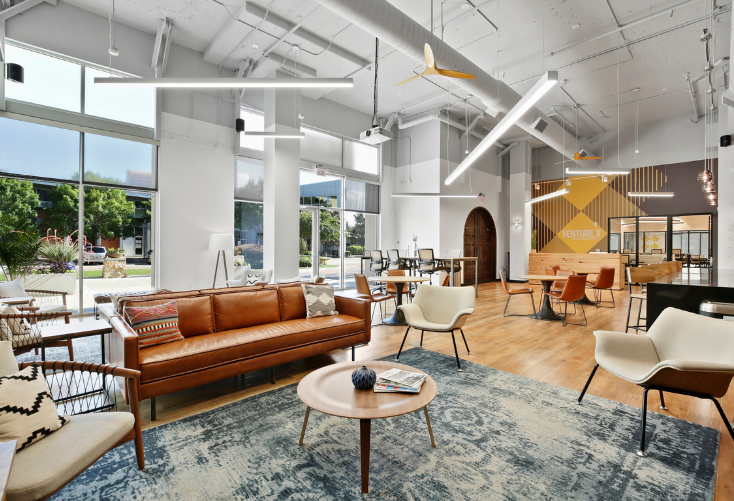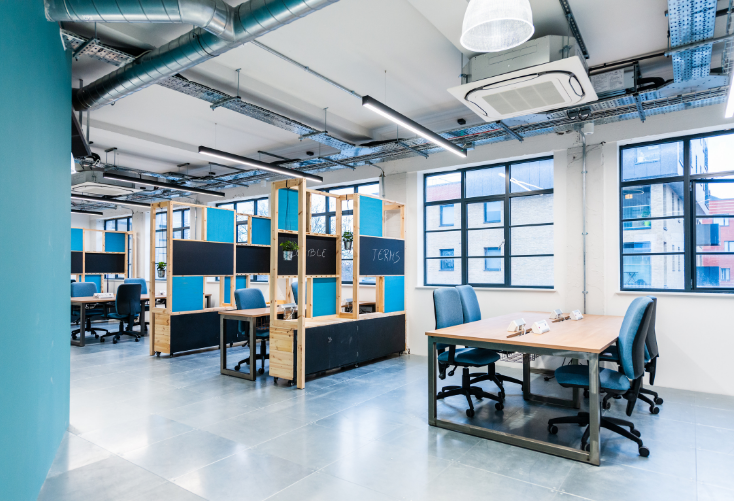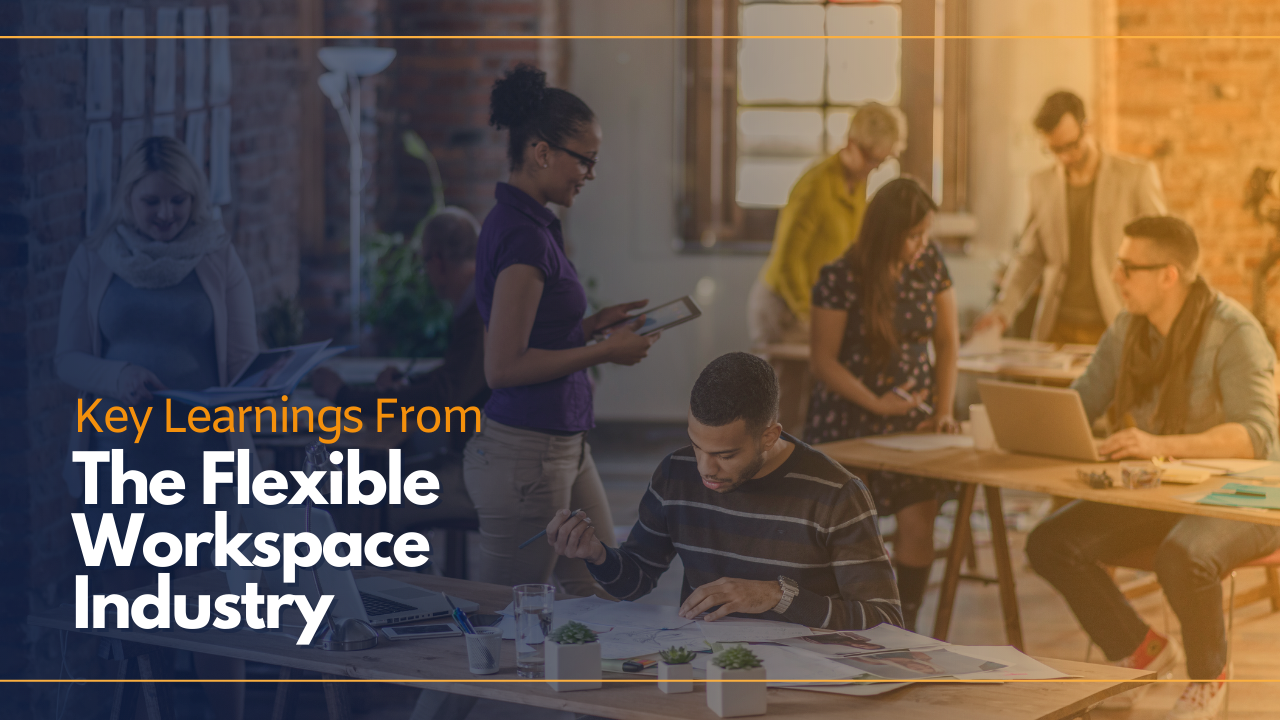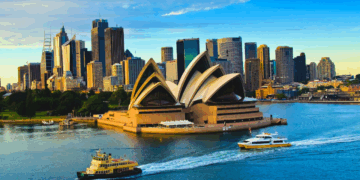- Robert Kropp shares conversations he has had with flexible workspace owners during the pandemic.
- Spaces from Spain, United States, and England offer key learnings and how they have adapted to survive and thrive over the past year.
- OneCoWork, Venture X, and Creative Works share insights and discuss their plans for 2021.
I wrote the first article that focused specifically on real stories from local and neighborhood workspaces. As I continued the discussion about the past year, the ups and downs, things we learned, trends, and the future, I wanted to look at a wider slice of the industry along with many different stakeholders.
In this article, I share discussions I have had with workspaces from Spain, United States, and England.
Each of these workspaces has had to deal with all levels of lockdowns, quarantines, and change that required a focus on new ways of supporting members, adapting to what was working and what wasn’t, streamlining operations, and much more.
TLDR Highlights:
1. Staying agile
2. Refining processes
3. The need for new models and memberships
4. Increased interest for space as a service, flexible workspace, and coworking
5. Supporting members
6. Maintaining and diversifying revenue
7. More opportunities for 2021
Here is what we learned and what’s next:
OneCoWork, Barcelona, Spain
I had the chance to catch up again with Scott Mackin at OneCoWork in November 2020. I was actually working out of their Marina location last year where Scott even gave me my Secret Santa gift last Christmas. Thanks again!
According to Scott, at the end of 2019, they were doing quite well. They had just launched a new building early in 2019 that was full.
When Covid hit, the occupancy of course cut down significantly.
Key learning during lockdown: One of their biggest needs early on was to provide flexibility to tenants. By keeping contracts in place, renegotiating, freezing, and trying to help in any way possible, they were able to keep the majority of contracts in place while focusing on supporting their members as much as possible.
By the fall of 2020, things were getting back to normal with individuals, entrepreneurs, small teams, and smaller businesses with under 50 employees already returning to the space.
Key learning post lockdown: Some larger teams were already looking for alternative arrangements. For example, some organizations were looking only for a space that would fit a third of their team at once which could be used as needed. By providing this and other new models / memberships to teams and larger organizations, OneCoWork was able to continue to support the changing needs throughout the year. According to Scott, he also expects this to be critical in the coming years as well.
Scott made it clear that he didn’t think we were experiencing a completely new future. It was just an accelerated future. I definitely agree with this as we were already headed toward more distributed workforces, working in different ways and places, hub and spoke models, and more.
By the end of 2020, many organizations were still waiting for more clarity on the future before making longer term commitments. Of course, this depends on many factors such as the size of the organization, length of the term, location and more, however, this seems to be a common thread throughout Europe.
By continuing to focus on supporting members today, preparing for the potential new models and memberships needed by organizations into the future, staying on the pulse of how workspaces need to adapt to the changes in the market, Scott believes that OneCoWork is well positioned for the future.
Future: It seems they are already planning for more growth next year with the expected launch of a new office by the end of 2021.
Venture X in Dallas, Texas, United States
Next, I was able to chat with Nadim Ahmed who runs a Venture X location in Dallas, Texas, USA.
Similar to many other workspaces, 2019 was a great year for them and they were full in the beginning of 2020. Once Covid hit there was the expected initial dip to occupancy.

Key Learning: Although they were shut until May, Nadim and team spent the time to refine and improve operations and processes that had often been pushed off. For example, they focused on improving how a customer is shown around a space, gets introduced to the community, the welcome packets, and how they could better bring businesses together to collaborate.
On top of this, throughout 2020, they focused on continuing to develop the community even while some people were still remaining at home.
Post lockdown in Dallas, people started returning to the office sooner than in many other places. Whether it was people tired of working at home, or not having the right setup at home, We saw an increase in inquiries from entrepreneurs and small business looking for offices for the short term as well as an increase for large corporate/enterprise clients for future planning and 2021.
Key Learning: Nadim believes organizations that specialize in providing the services behind flexible workspace and coworking options will continue to grow as more and more businesses demand flexibility and don’t want to take the risk of the traditional longer-term leases. In addition, he mentioned that it is likely that workspace design will continue to change as it has in the past as the demands of organizations and people change.
Future: Although they were already looking at new locations prior to Covid, there are a number of new opportunities for them in 2021 and beyond such as developing a new workspace location and even a hotel partnership.
With so much uncertainty this past year, Nadim reiterated that he plans to stay focused on understanding and reducing the continued challenges for the space and its members while also building new revenue streams that balance the ups and downs of the coming years.
Creative Works, London, England, UK
When I was first introduced to Elena Giroli at Creative Works, I initially only knew about their workspace. However, they are involved in much more.
In short, “Creative Works is a Community Interest Company and part of the BCE Creative Village Project. We’ve been making a difference within the creative industries since 1999 by providing training and opportunities to young people.” Along with providing coworking and private workspaces for all types of industries, their mission and story is focused on supporting and developing creatives with a talent incubator and employing them. With the help of a grant from the Social Enterprise Support Fund they are able to provide members with access to free 1:1 business and mentoring programmes, and even offer “a free desk to members who take on an apprentice”. Such programs include running one-off workshops on topics ranging from HMRC and finance to how to negotiate a business contract.
This focus and mission helped to insulate them from some of the challenges of 2020 as they weren’t just a workspace.
However, being primarily focused on supporting creative industries such as photography, casting, fashion, choreography, music, and much more, the impacts were felt greatly by many of their members as much of the work is done physically in the same place.

Key Learning: For them, they focused on showing empathy and understanding what the members were requiring. They knew that everyone was hurting, however, they also needed to stay afloat. In order to support both, they looked to find ways of having win win arrangements that worked for everyone.
Elena said they also used this time of change to focus on improving processes, using their tools in a more efficient way, and communicating often with members.
Internal communication was also critical during this time. Elena said that team members needed to not only know what was happening but why. This way, the team members can continue having an open dialogue with members, create better engagement, and keep members updated and confident that they were taking all the necessary steps to create a safe and healthy environment.
Key Learning: Knowing that everyone had their own level of sensitivity to come back to an office, they had a no pressure approach. Someone could stay for a month. If it was good for them, then great. If not, it was ok. Each person needed to be comfortable in the space first. Only then could someone actually get better work done and even improve their wellness.
Many organizations looking to return to an office could learn something here.
Key Learning: Since events, music, drinks and other get-togethers weren’t a possibility, they needed to find out how to continue to engage the community and bring people together. In order to support this mission, they shared a feedback form and consistently chatted with members about what they would like to see and how they can support them. Elena said this was incredibly important for staying connected as a community and understanding what was really needed by the members.
For the Future, they are also focused on continuing to connect with their local area along with improving how people within the space collaborate and work together. Elena and team have even put together a holiday gift basket with all local products for members that have been there since the opening of the space.
Looking Ahead
Thank you to OneCoWork, Venture X, and Creative Works for partaking in my series on key learnings from the flexible industry during 2020.
Although these organizations are quite different in size, model and location, it was interesting to see what they have done similarly and differently during a time of massive change. However, what is clear is that success is dependent on being agile and willing to look at how the workspace’s model, membership, and services are supporting current and future members best.
This seems to be true for small spaces all the way up to more enterprise or corporate focused spaces especially in a time where more people and organizations than ever are looking at coworking, space as a service, and other flexible workspace options as actual options.If you would like to chat about your workspace or organization’s experience this past year and outlook for the future, feel free to contact me directly.


 Dr. Gleb Tsipursky – The Office Whisperer
Dr. Gleb Tsipursky – The Office Whisperer Nirit Cohen – WorkFutures
Nirit Cohen – WorkFutures Angela Howard – Culture Expert
Angela Howard – Culture Expert Drew Jones – Design & Innovation
Drew Jones – Design & Innovation Jonathan Price – CRE & Flex Expert
Jonathan Price – CRE & Flex Expert













